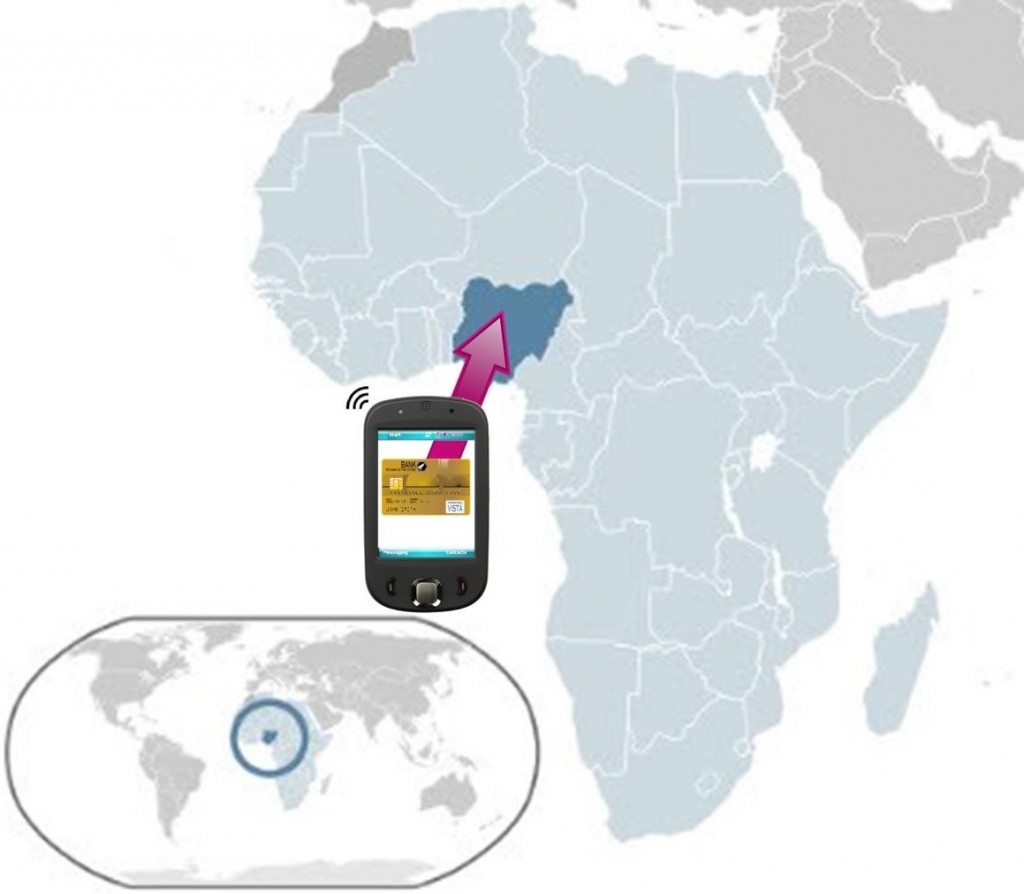Digital ads will represent 22 percent of all American ad spending this year, with mobile at 3.7 percent.
According to the latest report on spending in digital and mobile marketing, online ads will make up 22 percent of all of the U.S. ad spending this year, which represents a considerable growth.
Ads geared toward consumers on smartphones and tablets will also be growing steadily.
This will bring the global ad spending up to a healthy 3.5 percent growth to reach $503 billion by the time this year comes to a close. The amount being directed toward the internet and mobile marketing specifically will only continue to rise. This, according to the latest figures that have been released by ZenithOptimedia, an ad agency owned by Publicis.
Mobile marketing ads will account for 3.7 percent of all ad spending in the U.S. ($6.2 billion).
 The United States is disproportionately the single largest advertising marketplace. The digital spending in that country throughout all of 2013 was predicted by the report to be 21.8 percent of all of the ad spending, which will total $109.7 billion). This is an increase of a very healthy 19 percent over the figure from 2012.
The United States is disproportionately the single largest advertising marketplace. The digital spending in that country throughout all of 2013 was predicted by the report to be 21.8 percent of all of the ad spending, which will total $109.7 billion). This is an increase of a very healthy 19 percent over the figure from 2012.
At the same time, mobile marketing does still remain a small fraction of the overall activity, despite its rapid growth, at its 3.7 percent of total ad spending. Equally, it is the most rapidly growing channel in advertising spending, leading the way with a massive 81 percent growth in the American market this year. That rate is expected to slow somewhat, but remain very high at 61 percent growth throughout 2014, and slow a little bit more in 2015, to 53 percent. At that time, it is expected to make up 8.4 percent of all ad spending.
When compared to standard internet advertising, mobile marketing is positively exploding. The report showed that online advertising is growing by about 16 percent this year and will make up 27.8 percent of all American ad spending by the end of 2015. Those figures are just as impressive outside of the U.S. market, where smartphones and tablets are also growing in popularity.
Lucy |
September 30, 2013
There is a rapidly growing interest in that country for paying through the use of a smartphone.
In response to the growing interest in mobile payments and money services among the Nigerian people, Fortumo has now launched its latest product, which allows for these transactions within that West African nation.
The connectivity rates and the smartphone based money services in the country are now widely available.
In fact, there are now an estimated 114 million smartphone and other device users who have access to mobile payments across Nigeria. At the moment, the penetration of smartphones among all cell phone users still remains quite low, but Fortumo has taken that into consideration in the design of the services that it has launched in order to cater to nearly anyone who has a mobile device.
A special mobile payments platform that will even work for feature phones has been designed.
 Even though most people in Nigeria do not have a smartphone, Fortumo has built a “special flow” for its cross-platform “mobile payments for feature phones.” This helps the company to be able to provide these services to the majority of the population that use devices without all of the latest bells and whistles.
Even though most people in Nigeria do not have a smartphone, Fortumo has built a “special flow” for its cross-platform “mobile payments for feature phones.” This helps the company to be able to provide these services to the majority of the population that use devices without all of the latest bells and whistles.
At the moment, in the country, the smartphone based internet is still in the lead. In fact, 75 percent of all subscriptions to internet services are managed by way of smartphone based platforms. This represents approximately 35 million users. Only one quarter of all of the cell phones in Nigeria are currently smartphones.
Nigeria has made itself an important mobile payments services marketplace in Africa, as it has made specific efforts to use this technology to enhance the ease and convenience with which people can exchange funds or pay for the products and services they want to buy. It is the hope that the use of cell phones as opposed to credit cards or debits for bank accounts – or even cash, for that matter – will help to give the local economy a much needed shot in the arm, and to empower users with additional options for shopping in person or online.
 The United States is disproportionately the single largest advertising marketplace. The digital spending in that country throughout all of 2013 was predicted by the report to be 21.8 percent of all of the ad spending, which will total $109.7 billion). This is an increase of a very healthy 19 percent over the figure from 2012.
The United States is disproportionately the single largest advertising marketplace. The digital spending in that country throughout all of 2013 was predicted by the report to be 21.8 percent of all of the ad spending, which will total $109.7 billion). This is an increase of a very healthy 19 percent over the figure from 2012.
 Even though most people in Nigeria do not have a smartphone, Fortumo has built a “special flow” for its cross-platform “mobile payments for feature phones.” This helps the company to be able to provide these services to the majority of the population that use devices without all of the latest bells and whistles.
Even though most people in Nigeria do not have a smartphone, Fortumo has built a “special flow” for its cross-platform “mobile payments for feature phones.” This helps the company to be able to provide these services to the majority of the population that use devices without all of the latest bells and whistles.